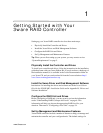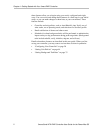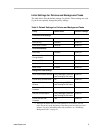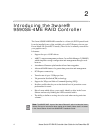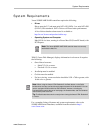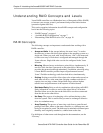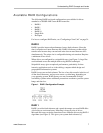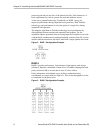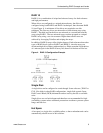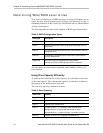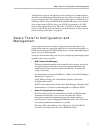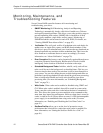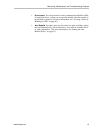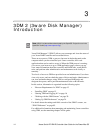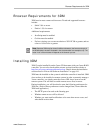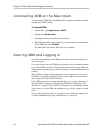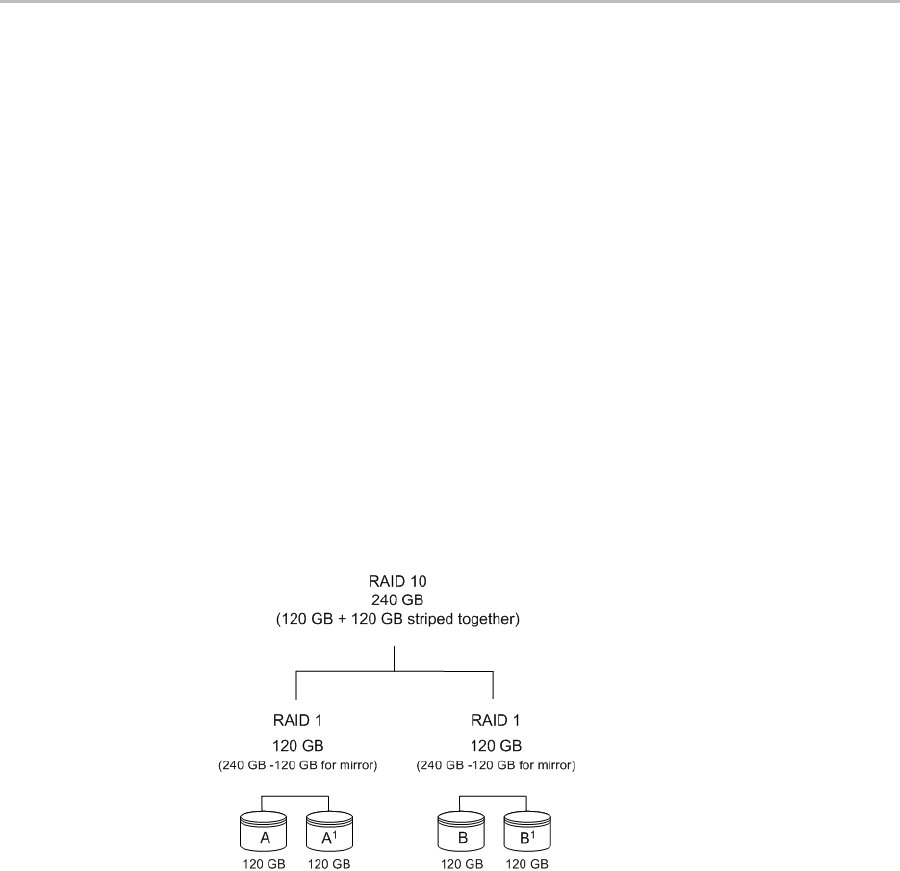
Understanding RAID Concepts and Levels
www.3ware.com 9
RAID 10
RAID 10 is a combination of striped and mirrored arrays for fault tolerance
and high performance.
When drives are configured as a striped mirrored array, the disks are
configured using both RAID 0 and RAID 1 techniques, thus the name RAID
10 (see Figure 4). A minimum of four drives are required to use this
technique. The first two drives are mirrored as a fault tolerant array using
RAID 1. The third and fourth drives are mirrored as a second fault tolerant
array using RAID 1. The two mirrored arrays are then grouped as a striped
RAID 0 array using a two tier structure. Higher data transfer rates are
achieved by leveraging TwinStor and striping the arrays.
In addition, RAID 10 arrays offer a higher degree of fault tolerance than other
types of RAID levels (such as RAID 1 and RAID 5), since the array can
sustain multiple drive failures without data loss. Please note that if both halves
of a mirrored pair in the RAID 10 array fail, then all of the data will be lost.
Figure 4. RAID 10 Configuration Example
Single Disk
A single drive can be configured as a unit through 3ware software. (3DM 2 or
CLI). Like disks in other RAID configurations, single disks contain 3ware
Disk Control Block (DCB) information and are seen by the OS as available
units.
Single drives are not fault tolerant and therefore not recommended for high
availability systems unless additional precautions are taken to prevent system
hangs and data loss.
Hot Spare
A hot spare is a single drive, available online, so that a redundant unit can be
automatically rebuilt in case of drive failure.



